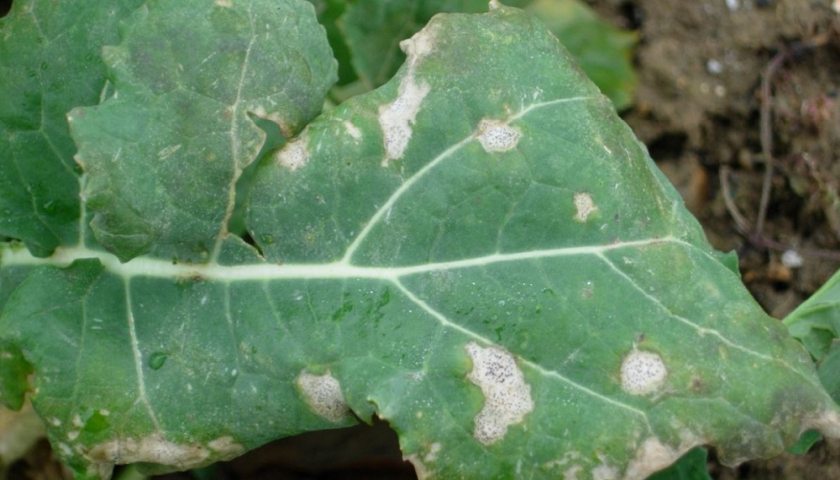
The optimum timing for phoma leaf spot sprays in oilseed rape is likely to vary widely across the UK this autumn, according to industry forecasters.
AHDB’s online tool uses rainfall and temperature information to forecast when 10% of oilseed rape plants may develop phoma leaf spot symptoms at hundreds of GB sites.
When 10–20% of plants show symptoms, the guidance is to treat varieties with lower resistance ratings for stem canker (7 and below) and small crops first.
Peak onset is forecast to be about the middle of October, with a third of sites passing the 10% symptom date in the seven-day period that begins on 13 October.
Although changeable weather during the late summer and early autumn has generated a wide range of forecast dates, most occur in October.
The earliest - week commencing 22 September - and latest - week commencing 10 November - forecast dates are at sites located towards the south and north, respectively.
On average, forecast dates are about one week later than autumn 2023.
Sacha White, who helps manage the forecast at AHDB, said: “This year, temperature and rainfall have been highly variable over the whole of the phoma forecast period.
"Although the forecast is variable, it shows that spray thresholds for vulnerable crops are most likely to be breached in the next three weeks.
"Because of the variation associated with this year’s forecast, it is even more important to assess symptoms in the field.”
Most oilseed rape varieties on the Recommended Lists (2024/25) have moderate levels of resistance to phoma stem canker (disease ratings 5, 6 or 7), although two hybrid varieties have high levels of resistance (disease ratings 8 or 9).
Fungicides for the control of phoma leaf spot and stem canker have been evaluated for over a decade as part of the AHDB fungicide performance project.
The results show good control can be achieved with two well-timed sprays at half the recommended label rate.
The second application should be considered when re-infection is evident (typically, 4 to 10 weeks after the first application).
There are several modes of action available for the control of phoma leaf spot/stem canker, including azole and non-azole options.
As part of a robust resistance-management strategy, modes of action should be used in alternation or as mixtures/co-formations throughout the fungicide programme.
